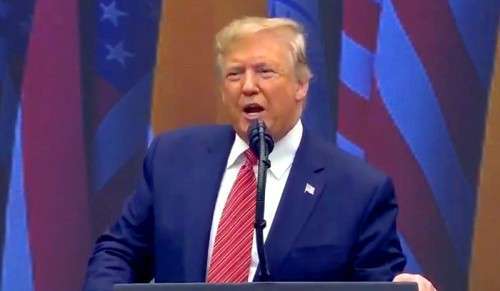
WASHINGTON: President Barack Obama has presented the prestigious National Medal of Technology and Innovation to eminent Indian American Rangaswamy Srinivasan for his groundbreaking work with laser.
Rangaswamy received the award along with Samuel Blum and James Wynne, for the pioneering discovery of excimer laser ablative photodecomposition of human and animal tissue, laying the foundation for PRK and LASIK laser refractive surgical techniques that have revolutionized vision enhancement.
At a glittering function at the White House, Obama presented National Medal of Science to 12 eminent scientists while 10 extraordinary inventors received 2011 National Medal of Technology and Innovation, the highest honors bestowed by the United States Government upon scientists, engineers, and inventors.
Established by statute in 1980, the National Medal of Technology and Innovation was first awarded in 1985 and is administered for the White House by the US Department of Commerce’s Patent and Trademark Office.
Congratulating scientists and inventors Obama said if there is one idea that sets this country apart, one idea that makes it different from every other nation on Earth, its that here in America, success does not depend on where one is born or what his/ her last name is.
Success depends on the ideas that you can dream up, the possibilities that you envision, and the hard work, the blood, sweat and tears you’re willing to put in to make them real, he said.
We have a map of the human genome and new ways to produce renewable energy. Were learning to grow organs in the lab and better understand what’s happening in our deepest oceans.
And if that’s not enough, the people on this stage are also going to be responsible for devising a formula to tame frizzy hair as well as inspiring the game Tetris, Obama said amidst laughter.
It is a huge honor to receive this award for our research more than thirty years after its initial discovery.
This achievement is a reflection of IBM’s culture of innovation, to think far into the future, and a result of enabling different disciplines to come together to tackle real-world challenges with a broad domain of expertise, said Dr Wynne of IBM Research.
In 1981, Srinivasan discovered that an ultraviolet excimer laser could etch living tissue in a precise manner with no thermal damage to the surrounding area. He named the phenomenon Ablative Photodecomposition (APD), which later revolutionized eye surgery.
Inducted into the US Inventor Hall of Fame in 2002, Srinivasan has spent 30 years at IBMs T J Watson Research Center. He received both bachelors and masters degrees in science from the University of Madras, in 1949 and 1950. He earned doctorate in physical chemistry at the University of Southern California in 1956. He currently holds 21 US patents.-PTI





